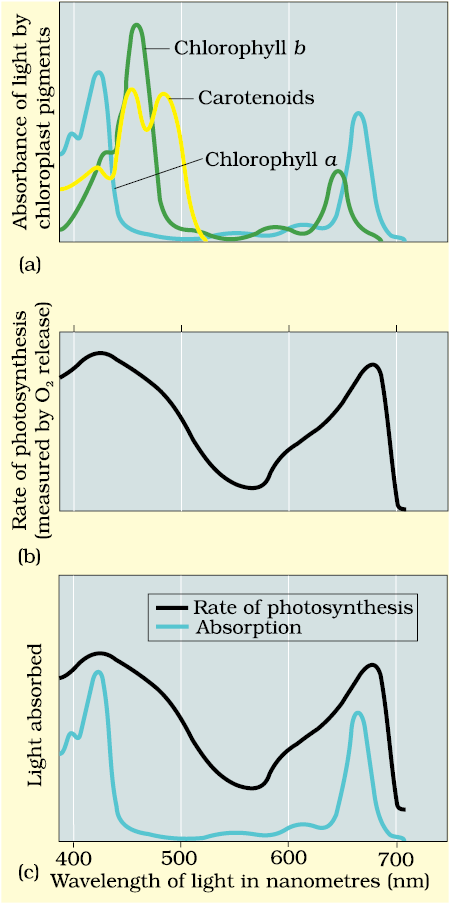

For all processes in which this molecule is involved, including light capture, coherent and incoherent exciton transport, and charge transport, the dissipation of energy (the reorganization energy λ) through intramolecular nuclear relaxation is a critical process ( Hush, 1958 May and Kühn, 2008). Among other effects, the analysis in terms of four basic patterns of Duschinsky-rotation matrix elements, obtained using CAM-B3LYP calculations, predicts that a chlorophyll-a molecule excited into a specific vibrational level, may, without phase loss or energy relaxation, reemit the light over a spectral bandwidth exceeding 1,000 cm −1 (0.13 eV) to influence exciton-transport dynamics.Ĭhlorophyll-a (Chl-a) is the most common chlorophyllide utilized in natural photosynthesis ( van Grondelle et al., 1994 Blankenship et al., 2004 Grimm et al., 2006 Laisk et al., 2009). The results show that vibrational frequencies often change little between absorption and emission, yet large changes in line intensities are found, this effect also being strongly solvent dependent. To compliment this, here, we measure and thoroughly analyze the high-resolution differential fluorescence line narrowing spectra of chlorophyll-a in trimethylamine and in 1-propanol. The Q y spectral asymmetry in chlorophyll has previously been masked by interference in absorption from the nearby Q x transition, but this effect has recently been removed using extensive quantum spectral simulations or else by analytical inversion of absorption and magnetic circular dichroism data, allowing high-resolution absorption information to be accurately determined from fluorescence-excitation spectra. Significant asymmetry found between the high-resolution Q y emission and absorption spectra of chlorophyll-a is herein explained, providing basic information needed to understand photosynthetic exciton transport and photochemical reactions. 3Institute of Molecular and Cell Biology, University of Tartu, Tartu, Estonia.2Institute of Physics, University of Tartu, Tartu, Estonia.1School of Chemistry, The University of Sydney, Sydney, NSW, Australia.Reimers 1 Margus Rätsep 2 Arvi Freiberg 2,3 *


 0 kommentar(er)
0 kommentar(er)
